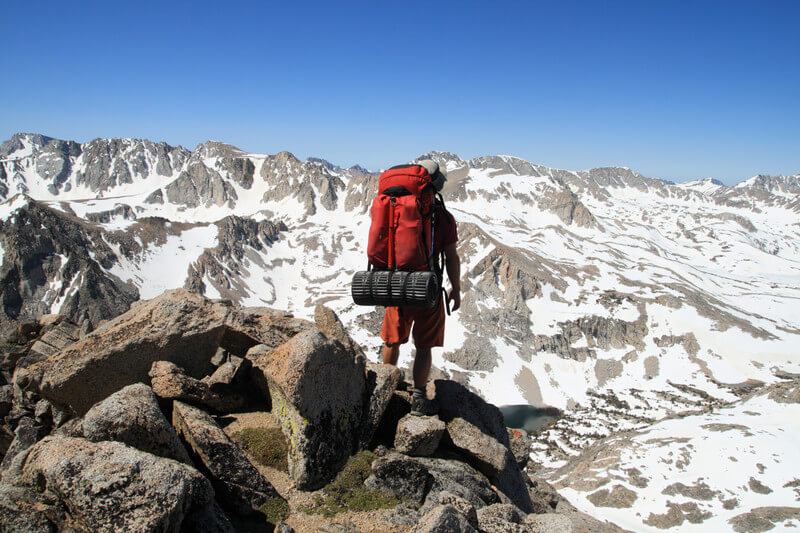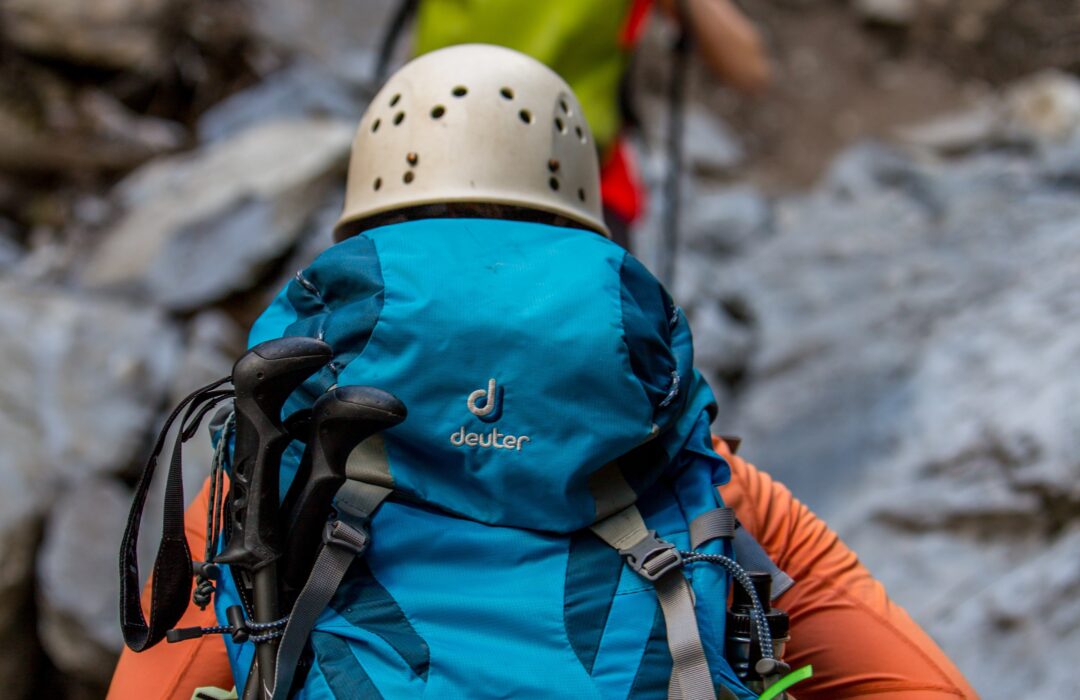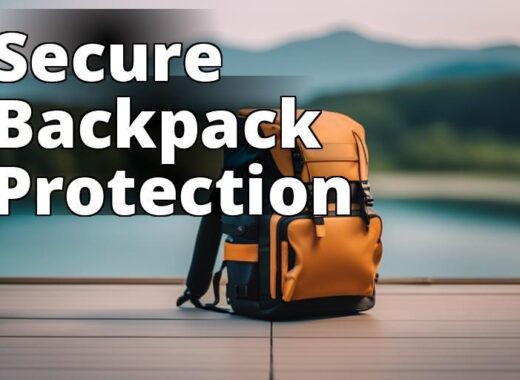Are you wondering what those loops on your backpack straps are for? Well, they’re more than just decorative elements. In this comprehensive guide, we’ll explore the various types of loops found on backpacks and discover their practical uses. From daisy chains to gear loops and tie-out loops, these attachments offer endless possibilities for carrying extra gear and optimizing your backpacking experience.
Types of Loops and Their Functions
Backpacks feature various external attachments, including lash tabs, daisy chains, trolley sleeves, and gear and tie-out loops. These attachments serve both functional and fashion purposes, increasing your bag’s capacity while maintaining a trendy look. You can attach your essential items like cameras, GPS devices, compasses, binoculars, and walkie-talkies to the loops on your backpack straps.
The Shoulder Strap Loops
Ever noticed the loops next to your shoulder straps? These are backpack daisy chains, a series of small loops along the fabric that allow you to carry additional gear. Whether it’s attaching bulky equipment with bungee cords or using them as attachment points, these loops provide versatility and convenience.
Gear Loops
Gear loops are commonly found on outdoor backpacks used for climbing, backpacking, and camping. Originally designed for attaching long items like ice picks and trekking poles, they can also serve as general attachment loops for carabiners and rock climbing quickdraws. You’ll often find gear loops made of nylon material sewn into the body or waist belt of the backpack.
Tie-Out Loops and Elastic Cord
Tie-out loops are small fabric loops sewn onto the sides or front of a backpack. They allow you to configure your own external attachment setup by looping through elastic or bungee cords. These loops are perfect for securely attaching large or bulky items like jackets, bike helmets, or extra gear. Some backpacks come with pre-looped elastic cords for added convenience.
How to Use Backpack Loops
Backpack loops can be found on the sides, front pockets, shoulder straps, and hip belts of your backpack. Fastening gear to these attachments is easy by using carabiners, webbing straps, clips, elasticated cords, or non-elastic cords. Front loops are stretchable and user-friendly, allowing you to attach gear and interlace ropes or cords for additional support. However, avoid clipping a carabiner through two adjacent loops to ensure durability.
Advantages and Disadvantages
Backpack loops provide functionality by increasing your bag’s capacity and securing items on the outside. They are particularly useful for frequently accessed gear and preventing dirty or smelly items from soiling the interior. However, it’s essential to ensure proper attachment and distribution of weight to avoid discomfort, back pain, or accidents caused by swinging or unbalanced items.

Backpack loops are invaluable features that can enhance your backpacking experience. By understanding their uses and limitations, you can make the most of these attachments to optimize storage, access, and convenience. Whether it’s attaching trekking poles, tripods, sleeping pads, water bottles, or other gear, backpack loops offer endless possibilities for customization and organization.
With this comprehensive guide, you’re now equipped with the knowledge to harness the full potential of backpack loops. From attaching gear to securing items, these loops provide practical solutions for optimizing your backpacking adventures. So go ahead, explore the endless possibilities, and enjoy the convenience and functionality of backpack loops on your next outdoor excursion.




